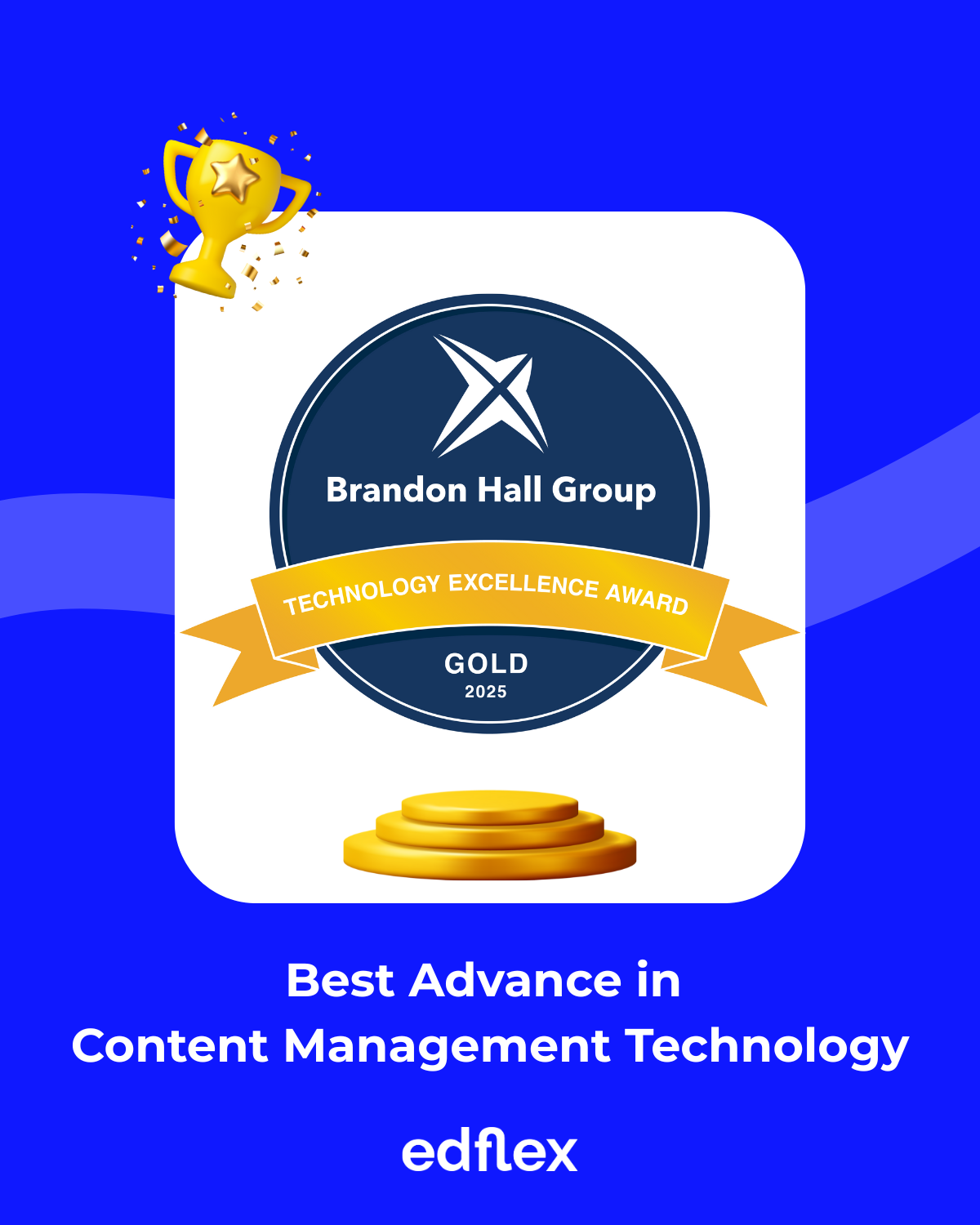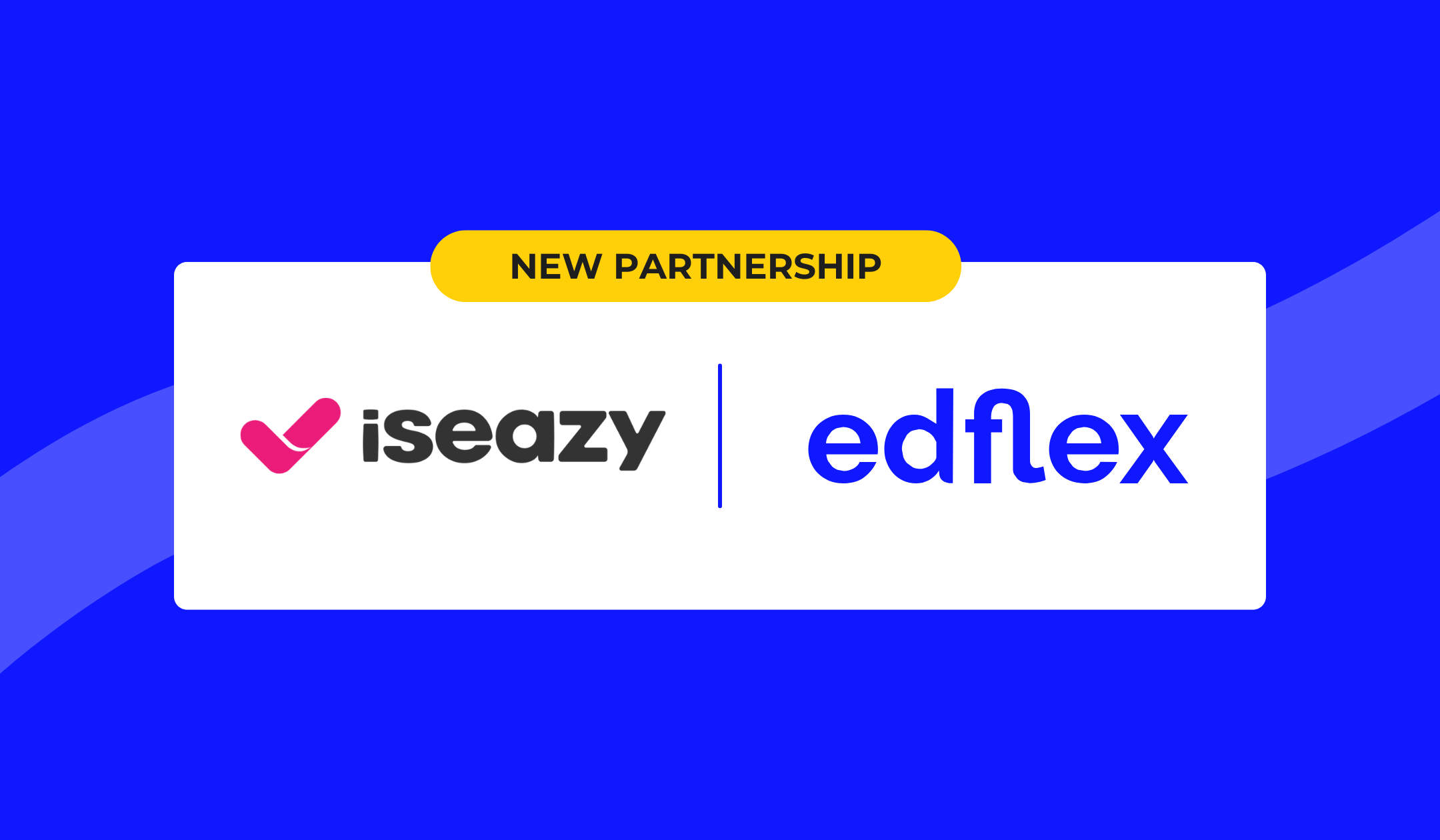Learning in the 20th century prioritized instructor-led teaching (ILT) and memorization. This model can still be appropriate in certain circumstances, but rapid disruption in the modern workplace means that skill sets and knowledge expire quickly. Today, employees need tools for learning in the flow of work and the ability to take command of when, what, how, and why they learn.
The COVID-19 pandemic accelerated the digital transformation of the 21st century workplace. LinkedIn refers to this period as the Great Reshuffle. Many workers now demand new options such as hybrid and remote working arrangements and expect their employer to support them in skill acquisition and career development.
Self-directed learning (SDL) is personalized learning that meets the needs of each employee. SDL puts learners in the driver’s seat, empowering them to define their goals, to upskill or reskill with tools adapted to their individual learning style, and to pursue long-term career advancement. SaaS solutions, such as the Edflex learning management system (LMS), ensure that employees have high-quality, curated learning content at the ready.
Learning & development has a major role to play in creating a culture of continuous and adaptive learning. The future of work will encompass automation, economic uncertainty, demographic change, and the risks of new pandemics and political upheaval. Jobs and skills will change rapidly in this complex environment. LinkedIn, for example, found that members’ skills for the same occupation changed by 25% between 2015 to 2021. It expects skills to change approximately 40% between now and 2025.
Let’s dive into how corporate training can evolve to ensure that organizations and employees remain agile and responsive. From front-line staff to functional leaders to the CEO, embracing self-directed learning is a powerful way to empower employees and generate a return on investment.
Making self-directed learning work for your employees
Self-directed learning has multiple advantages for the organization and workers, particularly when it is supported by investment in the right L&D tech stack that includes a high-quality LMS and curated content solution to ensure content is timely, well-sourced, and relevant and so that L&D leaders can track engagement.
Here are eight reasons to consider a cultural shift to self-directed learning in your company:
- Self-directed learning empowers employees to shift from being passive learners to actively identifying their own skill and knowledge acquisition needs.
- Self-directed learning improves the skills and confidence in not only the individual employee, but it also generates accountable and self-directed teams.
- Self-directed learning ensures that the acquisition of specialized skills is driven by the actual needs of the employee in a real-world environment.
- Self-directed learning supports deep learning versus surface learning. Deep learning occurs when students focus on understanding the material and applying it, rather than just memorizing, or regurgitating it.
- It enhances the bottom line by improving learning outcomes for employees.
- Once a high-quality learning management system is in place, the cost of providing content and tools to additional employees is minimal.
- Learning how to learn is essential in a rapidly changing society. Self-directed learning builds confidence over time in one’s ability to master new challenges. This confidence, in turn, supports the emergence of strong and adaptable leaders.
- Self-directed learning fosters critical thinking skills. Critical thinking is the ability to look at issues or concepts in a new way and to connect skills and knowledge across different domains. It is—along with communication, collaboration, and creativity—a fundamental skill for success in the 21st century workplace.
Harnessing these advantages requires a well-developed L&D strategy to support learners. Corporate trainers should be able to map learning outcomes to business needs and demonstrate ROI to the C-Suite. In the aftermath of the pandemic, L&D is assuming more responsibility for future-proofing the organization. Taking the time to build a world-class SDL culture is a core part of this expanded mission. This is why we developped an ebook to give you 5 ways to rethink learning and development in your company.
Without a strategy, workers can also burn out quickly. Self-directed learning can be powerful, but if employees feel that the resources on offer are low quality or difficult to access, they are likely to deprioritize learning.

Creating a culture of self-directed learning in your organization
As we stated earlier, a high-quality LMS empowers learners to take charge of skill and knowledge acquisition. The platform should include a superlative content library, modules for hard skill and soft skill acquisition, and a user-friendly dashboard that allows the employee and L&D to track progress over time.
High-performing organizations are most likely to leverage the power of self-directed learning when:
- Top executives are onboard. Learning should not end at the door of the C-suite. Executives need to upskill, as well, and doing so regularly signals to employees that learning is valued and rewarded.
- The learning content needs to be continuously updated and adapted from reputable and evidence-based sources. It also needs to be culturally sensitive and relevant to the corporate context.
- Well-developed and transparent metrics for learning uptake, engagement, and the impact on the workplace need to be in place.
- Time for learning is embedded in the workday, and employees are encouraged to see skill acquisition and career development as core requirements.
- The learning content syncs with platforms and tools that employees are already using regularly, such as Google Teams, Slack, or Chrome.
- Corporate trainers shift from the mindset of the “sage on the stage” to that of a coach who works with and encourages people to learn.
- Functional leaders work with L&D to build and sustain a culture of continuous learning in the organization.
- Self-directed learning encompasses both hard skills that may be immediately needed within a job category, as well as soft skills—such as problem solving, time management, and critical thinking—which enhance employee and organizational effectiveness over time.

The question of how to measure the impact of learning on the organization over time is an ongoing challenge. Using simple cost-benefit analysis can distort or mask the long-term financial rewards of continuous learning and employee skill development.
Yet managers will want to see evidence of progress. Statista estimates that corporate training expenditure in the United States increased by $10 billion in 2022, passing the $100 billion threshold for the first time, even before the year closed. The stakes are high, and, as L&D shoulders increasing responsibility for ensuring that the skills gap narrows and employees are supported in their learning needs, metrics are essential.
One model developed by Donald Kirkpatrick is widely used to assess training programs. It evaluates outcomes across four levels: 1) reaction; 2) learning; 3) behavior; and 4) results. HRQD recently discussed Kirkpatrick’s model, as well as five additional useful methods for evaluating the ROI of training initiatives.
HRQD emphasizes that sales numbers alone do not adequately capture the benefits of a well-designed learning program. Metrics need to be in place to consider improvements in outcomes, such as customer satisfaction, stakeholder expectations, and organizational resilience.
As Gen-Z enters the workforce, evaluating the link between learning opportunities and employee retention is also crucial. LinkedIn’s ongoing analysis of the Great Shuffle shows that fully 76% of Gen-Z believe that ongoing learning is the key to a successful career.

Moving toward the future of work
Learning & development is instrumental to bridging the skills gap and ensuring that employees have meaningful opportunities for career development. Sustaining a culture of continuous learning is vital for any organization that hopes to thrive in today’s highly disruptive corporate environment.
However, the ultimate benefits of innovative L&D go beyond even these metrics. Society increasingly demands that businesses incorporate social responsibility and responsiveness into their operations. Embedding diversity, equity, and inclusion (DEI) in the organization and ensuring that each employee can flourish are paramount objectives.
Edflex, a world-leading SaaS learning platform, welcomes the opportunity to partner with you to embrace the future of work.
Edflex provides customers with qualified curated learning content that is continuously evaluated, updated, and refreshed. Our customers benefit from 7 Learning Domains, 30 Subdomains, 7 Languages, 5 Formats, and localized learning content in 7 different languages. Our personalized learning options help your learners and leaders prioritize learning at the time of need.



.png)














